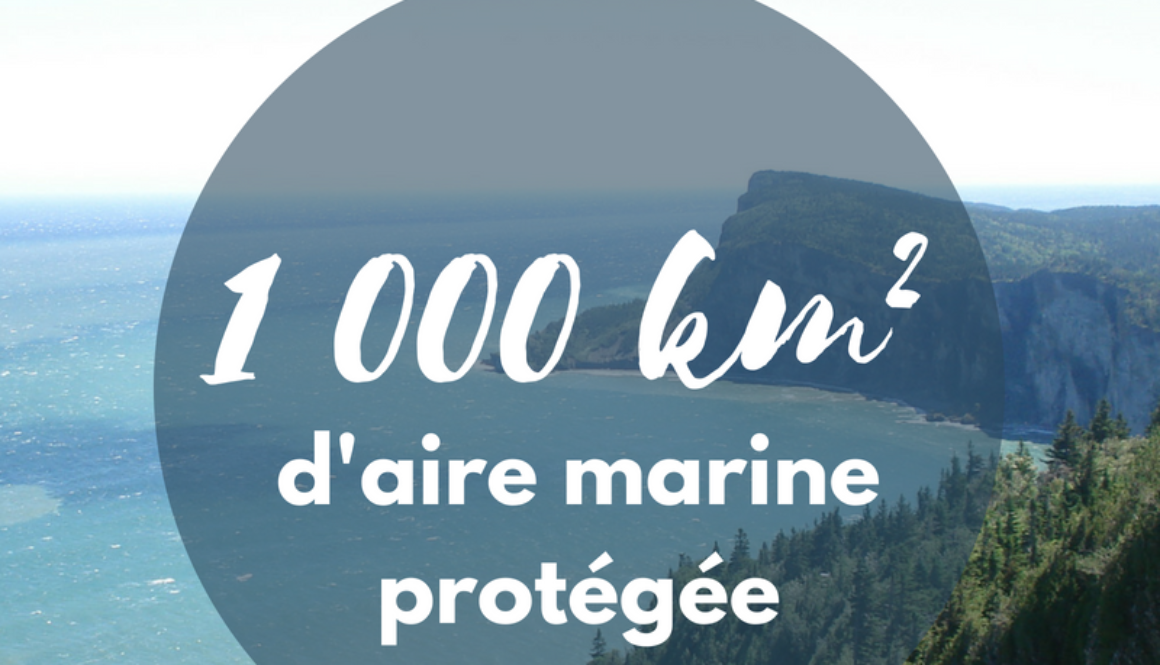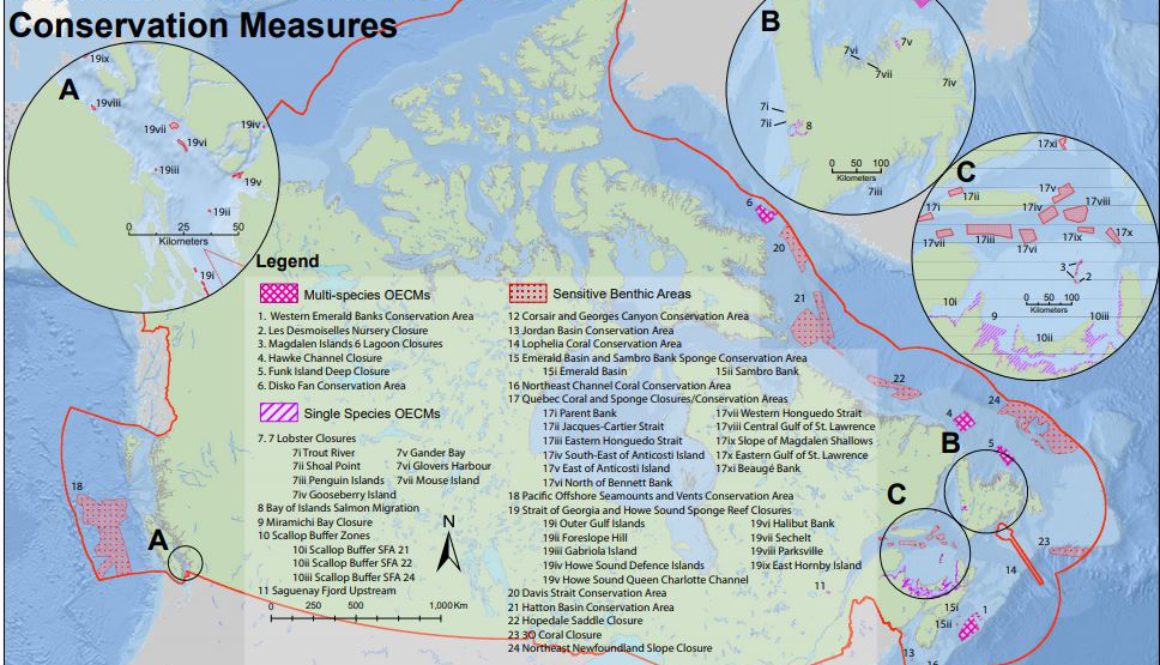CPAWS Newfoundland and Labrador Welcomes Designation of Laurentian Channel as a Marine Protected Area
25 April 2019, ST. JOHN’S, Newfoundland and Labrador – The Newfoundland and Labrador Chapter of the Canadian Parks and Wilderness Society (CPAWS) congratulates the federal government on protection of Canada’s newest Marine Protected Area (MPA), Laurentian Channel MPA.
“We have been working to protect the unique ecosystem in Laurentian Channel for over 9 years and are very pleased to see the government prohibit oil and gas activities within its boundaries,” said Tanya Edwards, CPAWS Newfoundland and Labrador Executive Director. “Laurentian Channel is an ecological gem and this new MPA will ensure the future health of wildlife and the habitat it depends. Many people have worked very hard, over many years, to get to this designation and we are happy see it become a reality.”
“With the designation of Laurentian Channel, the government of Canada has taken another important step toward protecting 10% of Canada’s ocean estate,” said Sabine Jessen, CPAWS National Ocean Program Director. “We are very pleased to see the government’s focus on marine conservation, with Laurentian Channel now putting Canada at 8.27% of the ocean estate protected. The government has also demonstrated that it listens when citizens express their concerns – 70,000 Canadians told the government that oil and gas activities do not belong in Laurentian Channel MPA, and now the government has listened.”
Laurentian Channel is a biodiversity hotspot, located off the southwest coast of Newfoundland and Labrador, covering 11,580 sq. km. It is a critical migration route for many species, including 20 species of whales, an important spawning, nursery, and feeding area for species such as Atlantic cod and redfish, and habitat for rare species such as porbeagle sharks, leatherback sea turtles, and Northern wolfish. This is also the only area where black dogfish pup and represents the highest concentration of this species in Canadian waters. Furthermore, the Laurentian Channel has been described as having the highest sea pen concentrations on Canada’s east coast.
“Since Fisheries and Oceans Canada first announced Laurentian Channel as a candidate MPA in 2010 CPAWS-NL has been actively engaged in public and stakeholder consultations,” added Edwards. “Today in Newfoundland and Labrador we are celebrating Canada’s newest and largest fully protected MPA in Canada.”
To learn more about this incredible ecosystem and the marine life whose habitat is now fully protected in the new MPA, visit the CPAWS-NL’s Laurentian Channel story map: https://bit.ly/2IUPAQg
About CPAWS
The Canadian Parks and Wilderness Society (CPAWS) is Canada’s only nationwide
charity dedicated solely to the protection of our public land, ocean and
freshwater, and ensuring our parks and protected areas are managed to protect
nature. In the past 56 years, we have played a leading role in protecting over
half a million square kilometres – an area bigger than the entire Yukon
Territory! Our vision is to protect at least half of Canada’s public land and
water in a framework of reconciliation – for the benefit of both wildlife and
humans.
CONTACTS:
Tanya Edwards, Executive Director, CPAWS-NL
tedwards@cpaws.org
c. 709-727-7789
Sabine Jessen, Nation Director, Oceans Program, CPAWS
sjessen@cpaws.org
c. 604-727-7789
Mary Alliston Butt, Marine Coordinator, CPAWS-NL
mabutt@cpaws.org
709-726-5800
Photo Credit: Nick Hawkins Photography














